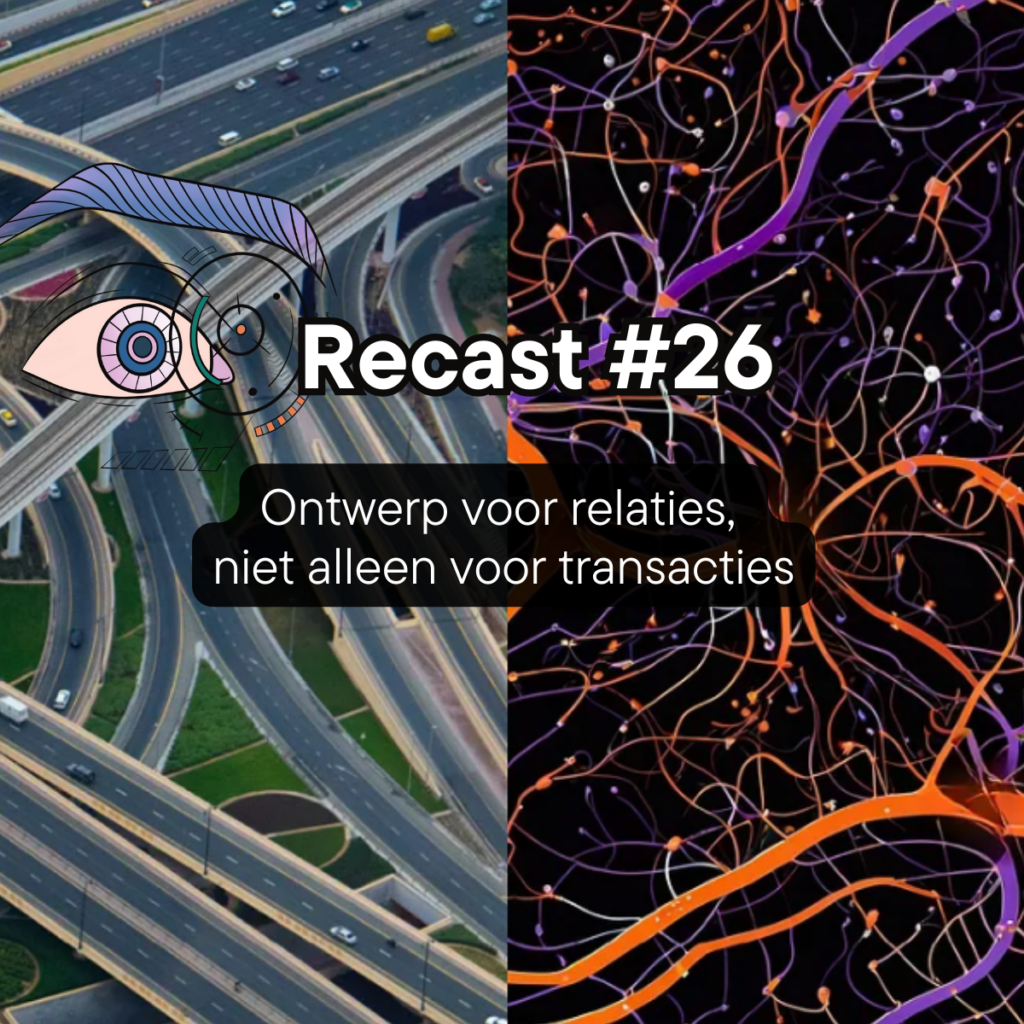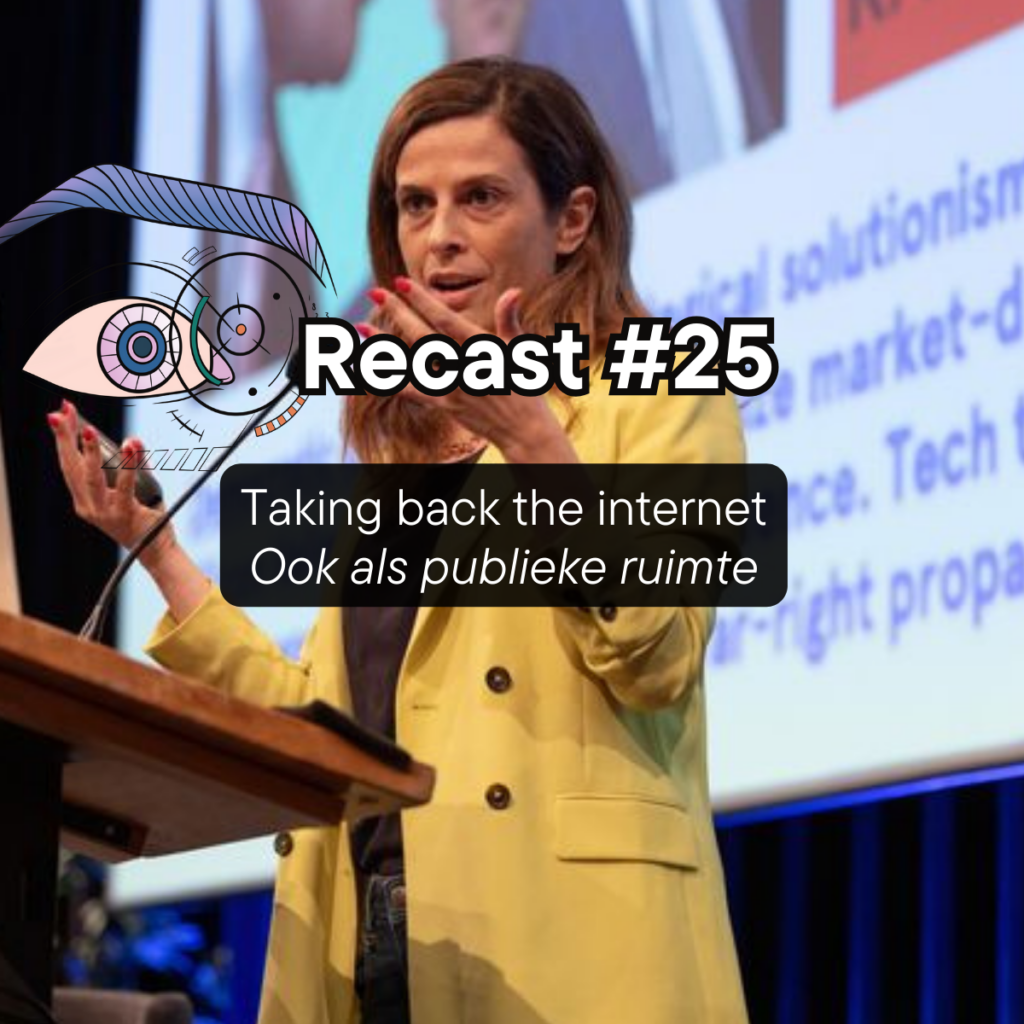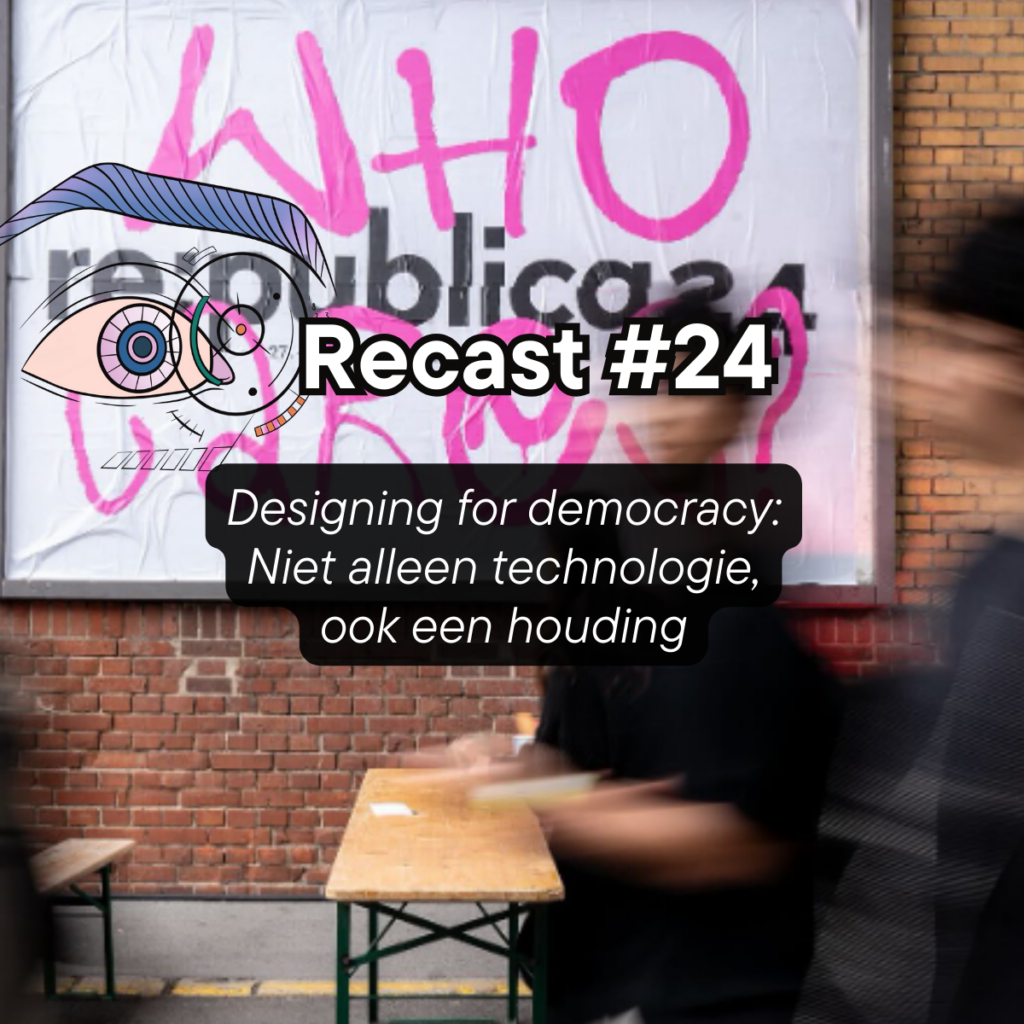Article
The Education Gap Regarding Waste Management
Are you, like many others, confused about how to recycle? As waste management has a great impact on the environment, the Waste2Worth research team have identified a few key resources for everyday sustainable waste management. Read on for some insights into waste management on university campuses, and some resources which will empower you to reduce, reuse and recycle your resources effectively, and with confidence!

The Waste2Worth team are currently working with Digital Society School.
As part of the Digital Society School’s Systems for Sharing track, the Waste2Worth team are investigating the current waste management system throughout the University of Amsterdam (UvA) and Hogeschool van Amsterdam (HvA). This research is part of the ‘New Waste Vision’ project taking place within the UvA and HvA, which aims to create a circular economy within the university campuses by 2024. The Waste2Worth team’s specific objective however, is to intervene within the university’s waste management system in such a way that the behaviour of the university users is disrupted and/or changed to be more sustainable. As such, the team has performed substantial research, including a survey of the users, a literature review, and an assessment of all of the system actors.
The results of this research have been surprising. The team’s initial assumption was that most university users would not be personally concerned with the state of the waste management system, and therefore, would not be motivated to act more sustainably without substantial outside influence, or incentive. Yet, hearteningly, this assumption proved wrong, as the vast majority of users surveyed responded positively towards more sustainable waste management practices.
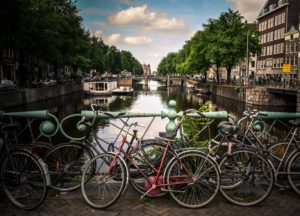
Photo by Jace & Afsoon on Unsplash
We all want to do better
For example, only 3% of respondents disagreed that waste separation or recycling has a positive influence on the environment, meaning that the other 97% of respondents believe in the positive impacts of sustainable waste management. Further to this, 90% of respondents stated they would strongly support the UvA & HvA’s ‘New Waste Vision’ project, (although the level/type of support was not specified.) Therefore, the Waste2Worth team have confirmed that these university users are interested in improving the sustainability of their waste management behaviours. This means there is no need for the team to educate users on the importance of waste management for improved sustainability. Rather, the focus can be on providing tools and tips to these motivated users, so they are better prepared to perform more sustainable waste management behaviours. Yet, while a generally positive attitude towards sustainability is present among the UvA and HvA users, there is a shortage of communication and education regarding the topic.
This was further confirmed through conversations, observations, and surveys of the university users, where it became apparent that there is a great amount of confusion regarding correct waste separation. For example, do you know where to correctly dispose of a dirty, single-use coffee cup? If you are unsure, you are not alone! The Waste2Worth’s survey found that only 27% of users were aware that dirty coffee cups should be disposed of in Restafval bins. The remaining 73% of respondents were divided across the other bin options for coffee cup disposal, with most responding that the paper bin is the correct place for coffee cup disposal. (Although the paper bins should be reserved for clean paper products, such as office paper.) This lack of education is a huge problem, especially with regards to coffee cups, as these make up a vast volume of the universities everyday waste.
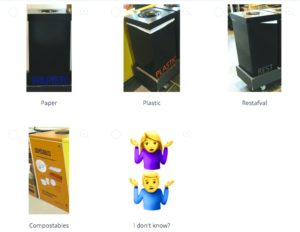
A screenshot of one of Waste2Worth’s survey questions.
The root of the confusion around waste management
The root of this confusion is clear. If we stick to the coffee cup example, it is easy to see why the majority of respondents indicated that the paper bin is the correct bin for coffee cup disposal. Of course, most people assume a single-use coffee cup is made from mostly paper. In most cases this is true, yet unfortunately, to ensure coffee cups remain watertight, a thin layer of plastic seals the inside of the paper cup. Furthermore, the remnants of coffee within the cup after use also contaminate the material. Therefore, it is both the layer of plastic and the left-over coffee which make cups like these unsuitable for disposal in the paper bin. In other cases, (such is the case in the UvA and HvA) single-use coffee cups are made from compostable material, and sealed with a layer of bio-plastic. Yet these cups produce other problems, as they are not suitable for industrial composting processes. (You can compost them at home however!) Compostable packaging materials require more heat and longer composting time than the types of materials normally processed using industrial composting. These materials also lower the quality of the compost which is produced through these processes. Therefore, compostable packaging is rejected by industrial composting companies and sent to incineration with the general waste. So in fact, due to the waste management processes prevalent today, both plastic lined and compostable coffee cups should be disposed of in general waste bins. But how were you, a member of the general public, expected to know that?
Unfortunately, discrepancies in information such as this, have a great negative impact on waste management in general. The general consensus it seems is that waste management and correct waste separation is confusing due to a lack of clear communication and education regarding the topic. But this does not have to be the case! In order to combat this education gap between waste management companies/experts, and the general public, the Waste2Worth team have identified some useful resources for everyday waste management. These tips and resources have been selected for their accuracy and reliability, as confirmed through the Waste2Worth team’s research. By connecting users to established resources, the Waste2Worth team hope to improve the general level of waste management education among university users/citizens, while they continue to work on disrupting the behaviours of UvA and HvA users throughout the remainder of their project. The aim is for users to practise sustainable waste management behaviours both inside and outside of the university space.
Here are some tips
As waste management is a society-wide problem and thus is not confined to the university space, the Waste2Worth team present to you some handy, everyday waste management tips for Amsterdam citizens. Please note that waste management practises are often slightly different across different municipal areas, so these resources are Amsterdam specific. However, you can check with your local Gemeente (or your local council if you are outside The Netherlands) for waste separation information specialised to your area.
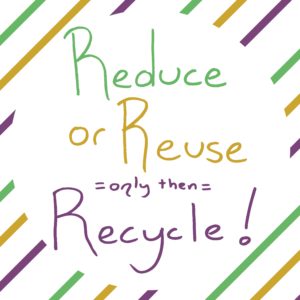 Tip 1:
Tip 1:
In contrast to the common conception that recycling is the best way to reduce the environmental impact of your waste, recycling often uses a large amount of energy and resources in order to recycle materials. Therefore, it is best to first look for ways to reduce your waste (such as refusing plastic, carrying your own water bottle, coffee cup and shopping bags, and eating-in at restaurants rather than taking away). If reduction is not an option, you can reuse items, which is another preferable waste management practise. Even reusing items two or three times significantly improves the environmental impact of the object. You can read more about reducing here, here, here, here (Canadian resources but relevant) and here (US resources, but still relevant).
If you are unable to either reduce or reuse your waste, then please recycle your items correctly using…
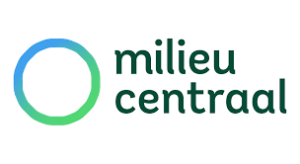 Tip 2:
Tip 2:
Milieu Centraal. The Milieu site is an extensive educational resource regarding waste separation in Amsterdam. The comprehensive guide not only allows users to search specific waste items, but it provides information as to why certain products should be disposed of in specific recycling bins. Therefore, users are enabled to actively educate themselves regarding waste management.
Milieu Centraal is available as a mobile app for both Apple and Android devices, as well as a desktop site which you can find here. Happy searching!
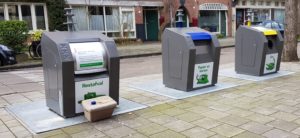 Tip 3:
Tip 3:
Finally, as different waste bins are in different locations throughout Amsterdam city, it can sometimes be difficult to find the type of bin that you need. You might have a restafval and plastic bin in your street, but where is your nearest glass bin? Look no further, as the Gemeente have mapped all of their public waste bins for you. Simply search your address here to locate your nearest recycling bins!
The Waste2Worth team hopes this small yet useful collection of resources will enable Amsterdam locals to simply and effectively manage their waste more sustainably in their day to day lives. If you would like to follow the Waste2Worth project as it develops over the next few months, you can follow them here.
Please share this article and talk to your friends, family and colleagues about sustainable waste management. While it is not a very popular topic, it is one of the most simple and effective ways to have a great positive impact on our environment, therefore ensuring the safety and stability of future generations. Your small, everyday actions do in fact combine to have a significant effect! Actions speak louder than words, so your sustainable waste management behaviours could also inspire others to follow suit. Together we can close the education gap regarding waste management and move toward a more sustainable resource management system!
Ellen McCarthy,
Designer and researcher.
25.11.19.
